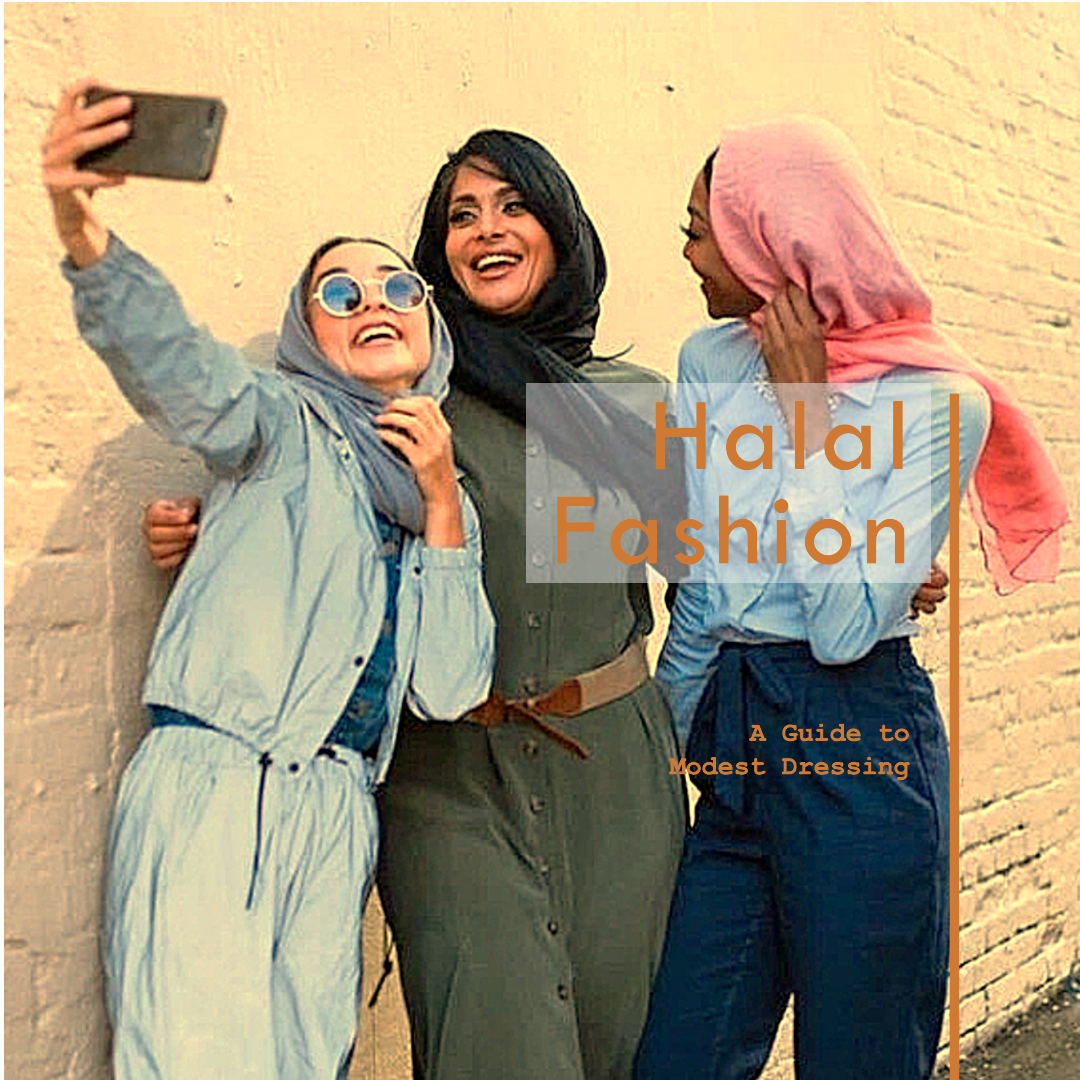Greetings, readers. This is Muhammad Sultan, and I’m here to take you on a journey through an industry on the rise – modest fashion, or as it’s known within the Muslim community, Halal fashion. Often misconstrued as a niche, this market isn’t just a budding sensation – it’s a force to be reckoned with. In 2017 alone, $270 billion was spent on modest fashion, and this figure is projected to reach a staggering $402 billion by 2024. But what is Halal fashion, and how has it become such a tour de force?
The Foundations of Halal Fashion
Halal, an Arabic term meaning “permissible,” applies to all aspects of life according to Islamic law, including fashion. Halal fashion is clothing that is modest, covering the body appropriately as described in the Quran. The principles that define it are rooted in the teachings of the Prophet Muhammad (peace be upon him) and the Holy Quran. It emphasizes dignity, respect, and modesty, with Quranic verse Surah Al-A’raf (7:26) stating, “O children of Adam, We have bestowed upon you clothing to conceal your private parts and as adornment. But the clothing of righteousness – that is best.”
The Spectrum of Halal Fashion
Halal fashion is diverse, catering to a range of tastes and cultural nuances. It’s not limited to a particular ethnicity or culture but is a global phenomenon. From daily life to the haute couture runway, you’ll find examples of this modest style. One striking instance is Dolce & Gabbana’s abaya and hijab collection launched in 2016, dubbed by Forbes as ‘their smartest move in years’. This shift has also been mirrored in sportswear, with Nike releasing its own modest sports and swimwear collection.
The Global Impact of Halal Fashion
Let’s take a moment to appreciate the global reach of Halal fashion. From the bustling streets of Istanbul to the stylish avenues of Jakarta, Halal fashion is making waves. Saudi Arabia, Indonesia, and Turkey lead the pack in the consumption of modest fashion. This style is not exclusive to women; men, too, have their own version of Halal fashion, which adheres to the principle of modesty in Islam.
Embracing Halal Fashion
So, how do you incorporate Halal fashion into your lifestyle? It begins with understanding the principles of modesty and incorporating them into your wardrobe. This includes loose-fitting clothes, covering the body properly, and maintaining a sense of dignity and respect in your attire. Hijabi influencers, like Dina Torkia, offer inspiration and guidance on how to blend modesty with style, challenging the notion that fashion and faith are incompatible.
Navigating the Challenges of Halal Fashion
Like any journey, embracing Halal fashion comes with its own set of challenges. From finding stylish modest clothes to dealing with societal misconceptions, the journey can be daunting. However, the growth of Halal fashion and the rise of modest fashion influencers offer a beacon of light, showcasing the harmony between modesty, style, and self-expression.
The Impact and Benefits of Halal Fashion
Halal fashion isn’t just a personal statement; it’s a societal revolution. It encourages inclusivity, promotes diversity, and challenges the status quo of the fashion industry. It has also seen massive growth in the retail sector, outperforming markets in Russia and China and offering a fresh perspective to the global fashion industry.
Conclusion
In closing, Halal fashion is not just a fleeting trend; it’s a revolution in the making. Its impact resonates beyond the Muslim community, challenging the fashion industry’s norms, and promoting inclusivity and diversity. As Halal fashion continues to grow, it’s essential to recognize its influence and potential, not just as an economic powerhouse, but as a catalyst for positive change in our society.
Remember, readers, modesty isn’t just about what you wear; it’s about how you carry yourself, how you respect others, and ultimately, how you respect yourself. In the wise words of the Prophet Muhammad (peace be upon him), “Modesty is a branch of faith.” Let’s embrace it, let’s celebrate it. This is Muhammad Sultan, signing off.

